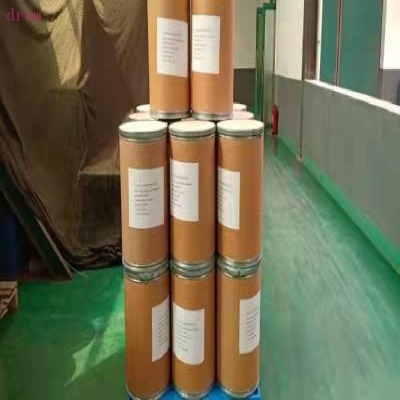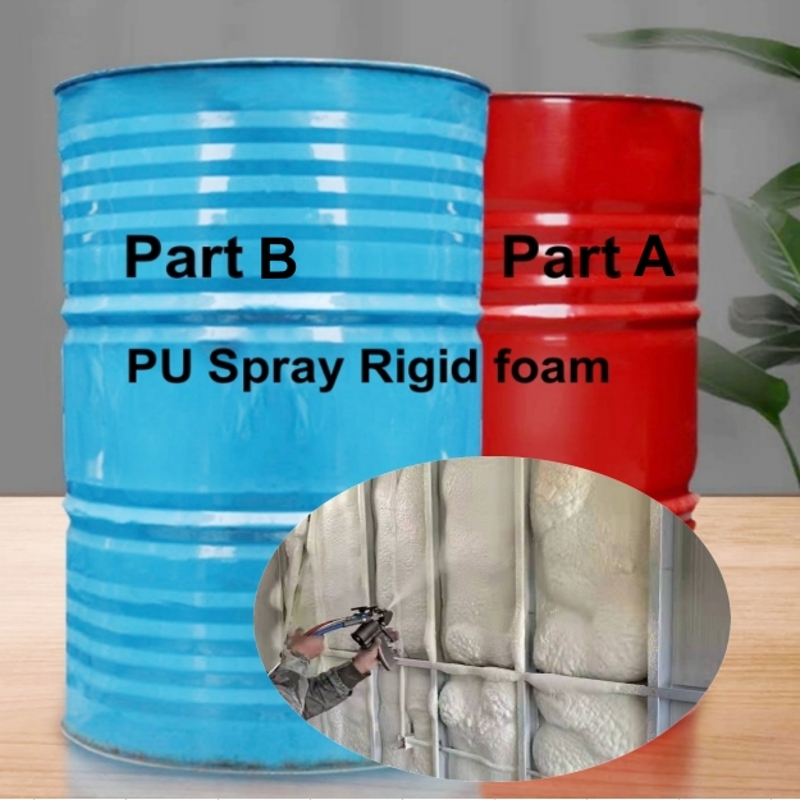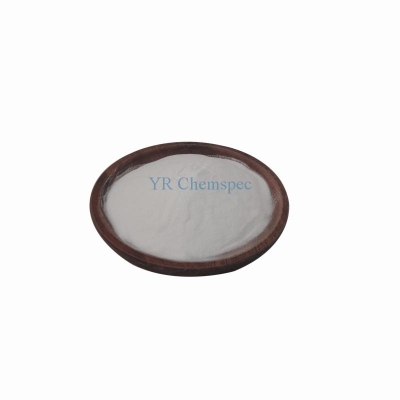-
Categories
-
Pharmaceutical Intermediates
-
Active Pharmaceutical Ingredients
-
Food Additives
- Industrial Coatings
- Agrochemicals
- Dyes and Pigments
- Surfactant
- Flavors and Fragrances
- Chemical Reagents
- Catalyst and Auxiliary
- Natural Products
- Inorganic Chemistry
-
Organic Chemistry
-
Biochemical Engineering
- Analytical Chemistry
- Cosmetic Ingredient
-
Pharmaceutical Intermediates
Promotion
ECHEMI Mall
Wholesale
Weekly Price
Exhibition
News
-
Trade Service
Chemical reactions are often accompanied by the release of heat or the absorption of heat.
Thermochemistry is a discipline that uses the theory and methods of thermodynamics to discuss and calculate the heat change of chemical reactions
.
2.
2.
1 Thermal effects of chemical reactions
1.
The concept of reaction heat
In systems and reactions without non-volume work, the thermal effect of a chemical reaction (reaction heat for short) can be defined as the heat absorbed or released during the chemical reaction when the temperature of the product and the reactant are the same
.
It is emphasized that the temperature of the product and the reactant are the same in order to avoid the heat change caused by the increase or decrease in the temperature of the product from being included in the heat of reaction
For chemical reactions, the change in thermodynamic energy △rU is (subscript r means reaction)
△ r U=U health- U reverse
The first law of thermodynamics can be expressed as
△ r U=Q+W
2.
Constant volume reaction heat
If the reaction is completed under constant volume conditions, △V=0, then W=-p and △V=0
.
If QV is used to represent the heat of constant volume reaction, according to the first law of thermodynamics △rU=Q+W, we get
△rU=QV
It can be seen that in the constant volume reaction, the thermal effect of the system is all used to change the thermodynamic energy of the system
.
3.
Constant pressure reaction heat
If the reaction is completed under constant pressure conditions, △p=0, and p is a constant
.
If Qp is used to represent the heat of reaction at constant pressure, according to the first law of thermodynamics △rU=Qp+W, we get
Qp=△rU-W
by
W=-p△V
Get
Qp=△rU+p△V
=(U 2 -U 1 )+p(V 2 -V 1 )
due to
p 1 = p 2
therefore
Qp=(U 2 -U 1 )+(p 2 V 2 -p 1 V 1 )
=(U 2 +p 2 V 2 )-(U 1 +p 1 V 1 )
Since U, p, and V are all state functions, (U+pV) is also a state function, and a new state function can be defined accordingly
.
make
H=U+pV
Therefore, during constant pressure reaction
Qp=△H
H is an additive state function, called enthalpy or thermal baking
.
It can be seen that in the constant pressure reaction, the thermal effect of the system is all used to change the thermal melting of the system







